Scaly Societarian
The societarian, one of the two dominant species of the archipelago, are easily distinguishable by an extraordinary physical trait: Individuals look starkly different from each other even within the same family, with an endless variety of possible features.
They can be divided however into five subspecies based on their skin coverage.
These are the featheries, covered in plumage, furries, covered in hair, scalies with rough, sometimes hardened skin, waterland silkies with smooth, moist skin, and the segmented with hardened outsides separated by thin joints.
Scalies resemble reptiles on their factions, with tough dry skin, wide and long tails and uniform teeth.
Scalies resemble reptiles on their factions, with tough dry skin, wide and long tails and uniform teeth.
Biology
Nude figures below. Hover over to remove the blur!
Physical Characteristics
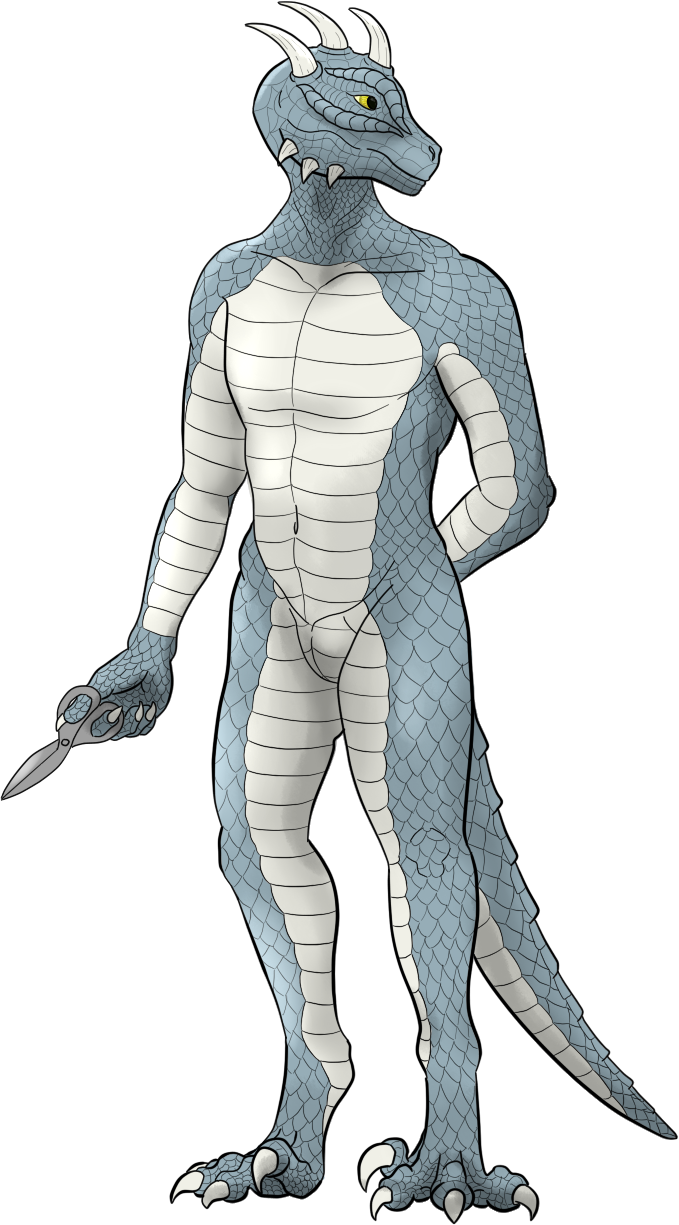
by Naelin
Distinctive Traits
Scalies are usually sturdy folk. Their skins vary between thick hard plates, smooth scales and textured soft skin. Their tails are broad at the base and usually have a uniform long conical shape, making them excellent swimmers. They may have horns or scutes in several parts of their bodies, and can be digitigrade or plantigrade.Reproduction
Amost all scalies reproduce between males and females, with a few exceptions where they have been found to be able to conceive without a male partner. They give birth to live young.Males' genitals are contained inside the body when not in use.
Geographical distribution
Scalies are native to the islands of Ruh and Karte, and most still reside there.The island of Stunveldt, close allies of Ruh, also has a large population of scalies living in the middle section of the island, between the coastal waterland silkies and the segmented in the core of the jungle.
Culture
Identity
Scalies usually separate themselves into two groups: those from the eastern island of Karte and those from Ruh or Stunveldt. Even though Stunveldti scalies have a wildly different culture than Ruhks, both their alliance, shared history and customs, and more importantly their much more marked differences with Kartians makes the western ones feel like more of a unit. Besides this east-west division, people from Stunveldt have the strongest national identity in the Haan Archipelago, and identify themselves with their island before any other category may apply.Clothing
In Karte
To adapt clothing to their wide tails, Kartian scalies have devised a three or four-piece system of clothing unlike any other in the archipelago: The person will first put on a shirt, traditionally with a wide opening in the neck, and jockstrap-like undergarments.A tube-shaped piece ending in three long, wide strips goes then through the tail covering its base and is fastened to the front usually attaching it to a metal or leather oval-shaped piece that sits in the lower belly.
The legs are then covered on sleeves that connect to the top of the belt with a knot.
Kartians traditionally also wear thin strips of coloured fabric or soft leather gifted to them to mark occasions or signify friendship. These are merely ritualistic decorations and serve no practical function.
In Ruh and Stunveldt
Ruhks and Stunveldti scalies' garments differ vastly from that of Kartians. They sport skirts with several layers that fit the tail with a u-shaped cut in the back, and are fastened to the body with belts. Their upper torso is partially covered with mostly decorative strips and collars.Notable Individuals
Ararak: A baker from Karte that founded the Raised Bakers Resistance, an organization crucial to the start of the Kartian civil war. They became a spokeperson for the revolutionaries, which led them to become the most wanted person of the kartian army. Texakae: Captain of the Kartian army and veteran of the Irate assault of Karte. Welkinal: Naturalist from Karte, he drew the pictures of the creatures featured in the Book of the Habits and Beasts. She Ponders The Skies: Mythical Celestial Master from Ruh, she is supposed to have used a wondorous telescope to discover the magnetar left behind by the star Vulkenar He Pulls Like a Magnetar: Popular Ruhk man, rumoured to be working for the Weavers' Network. He Watches The Birds: Tailor from Ruh.
Genetic Ancestor(s)
Geographic Distribution
Related Ethnicities

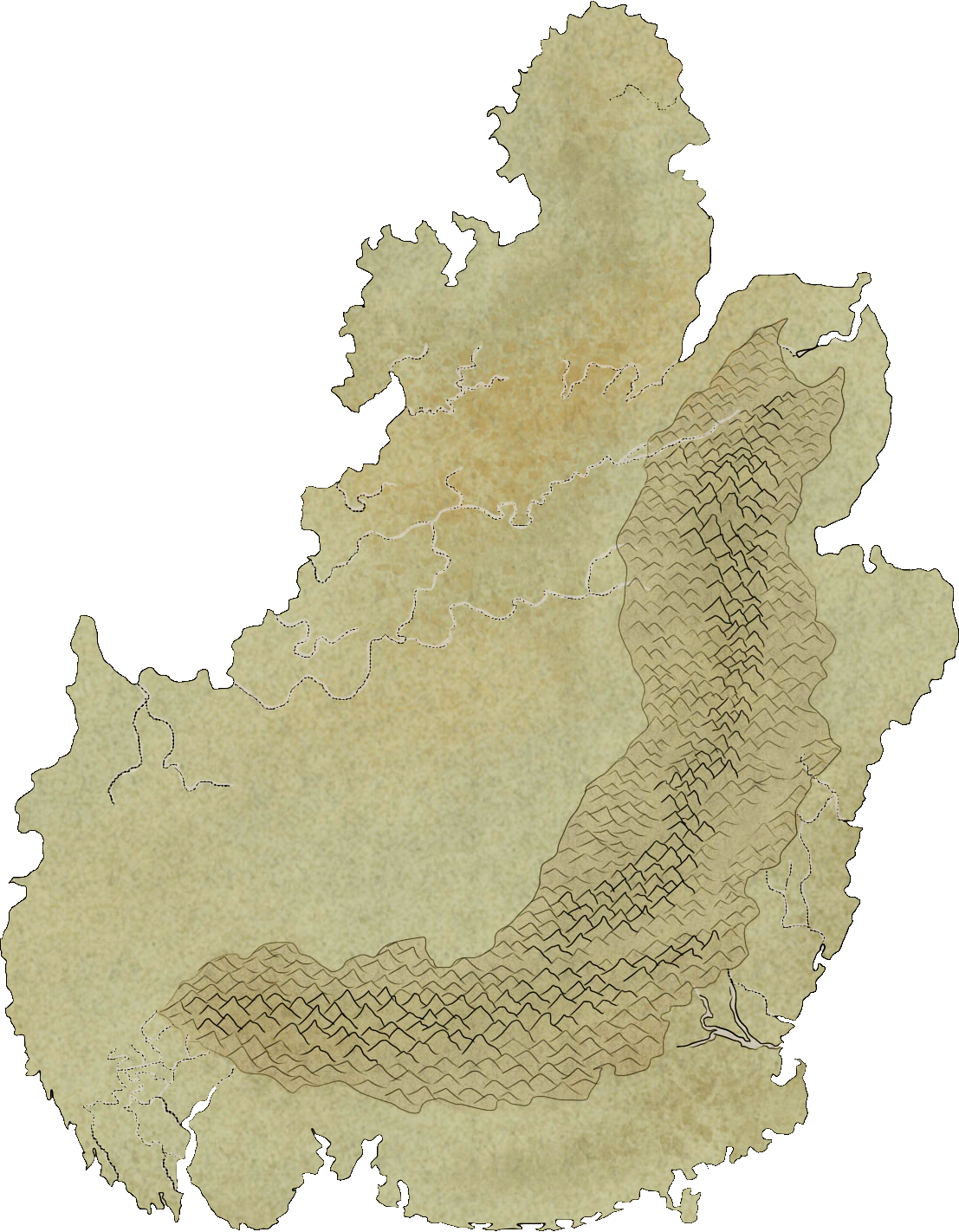
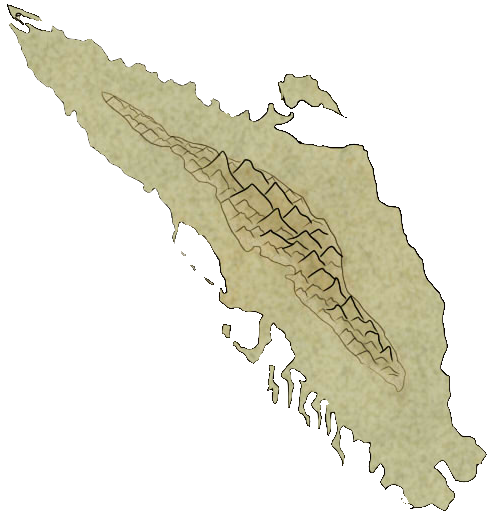
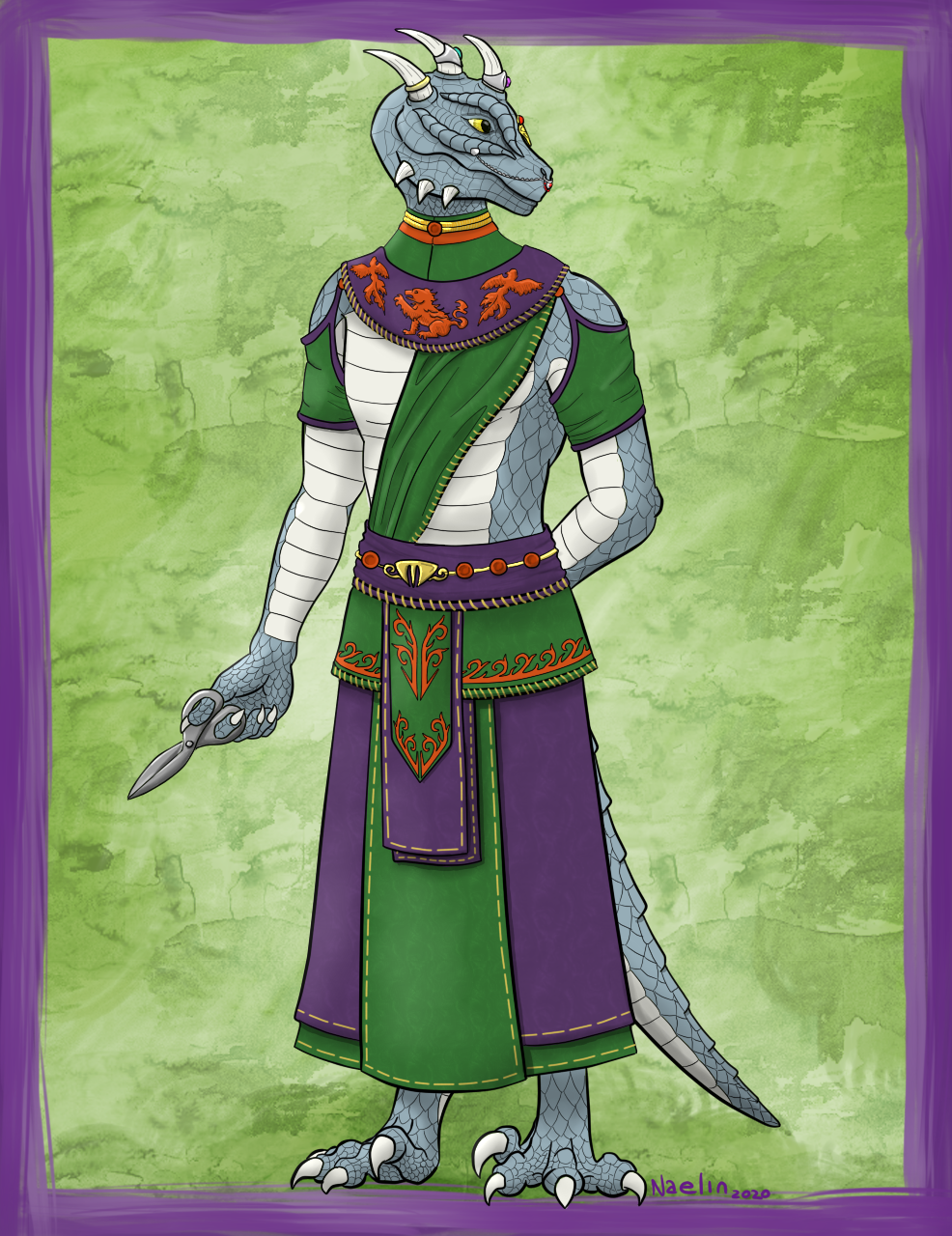
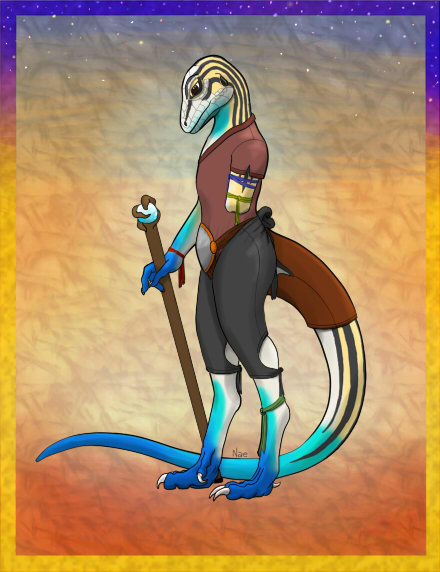
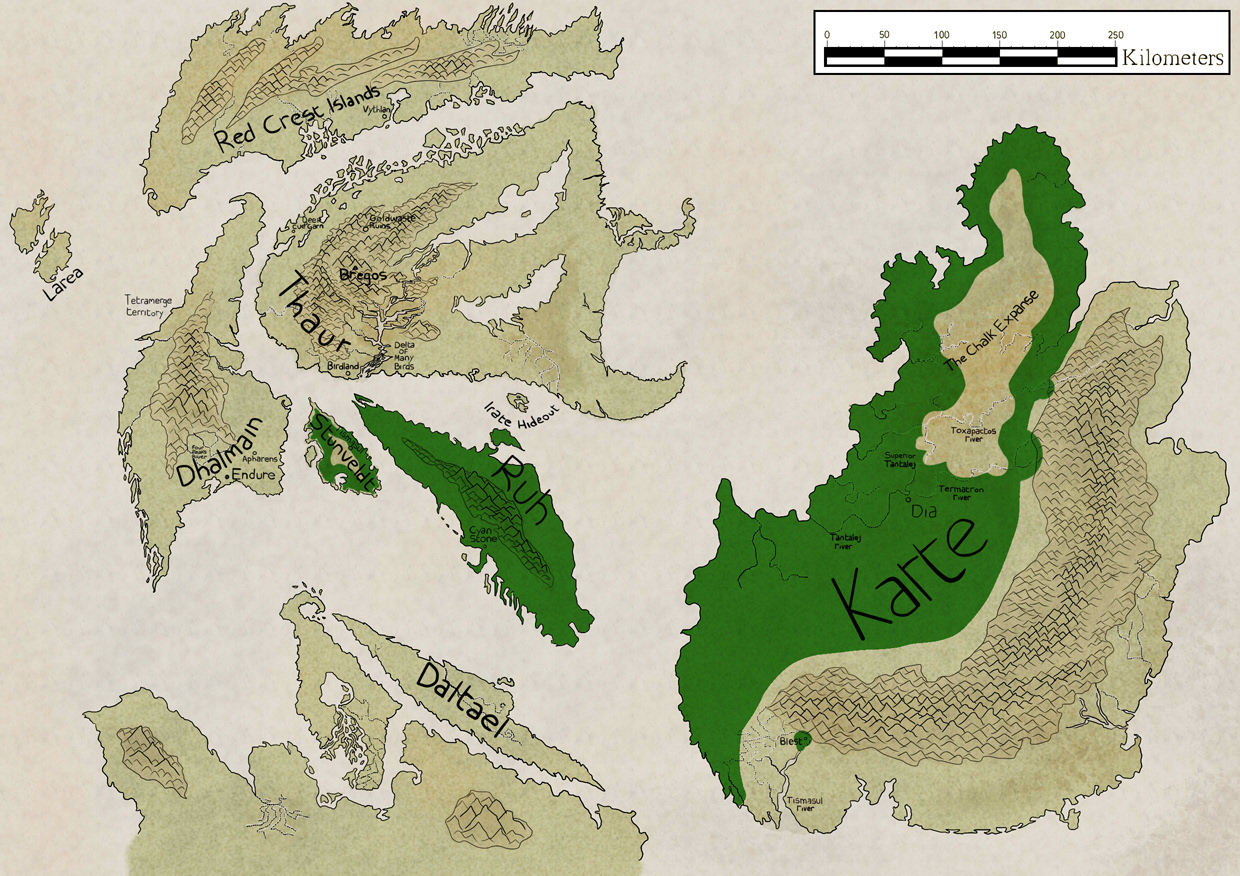
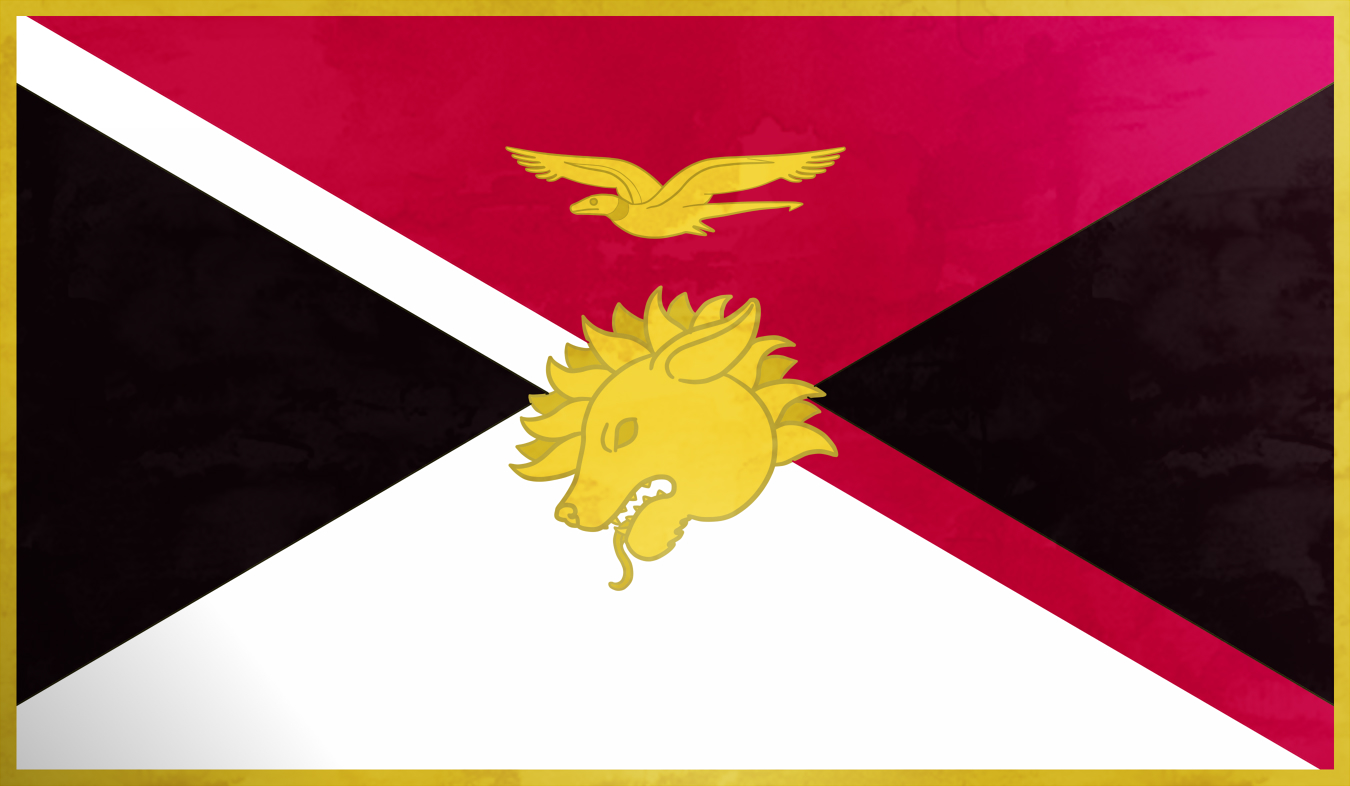
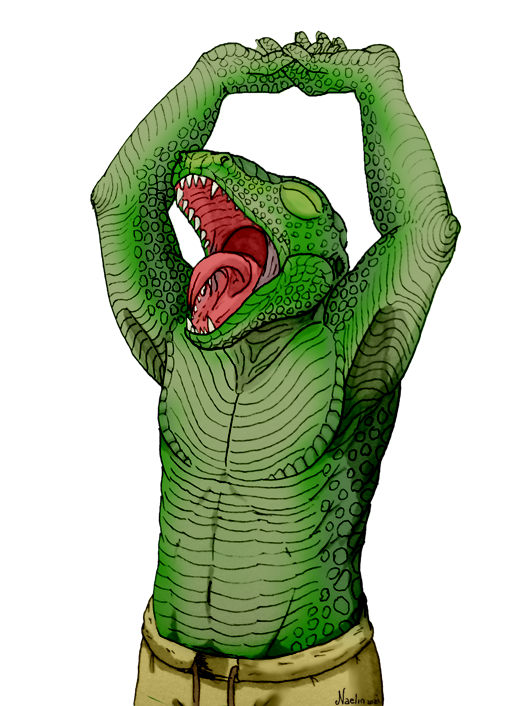



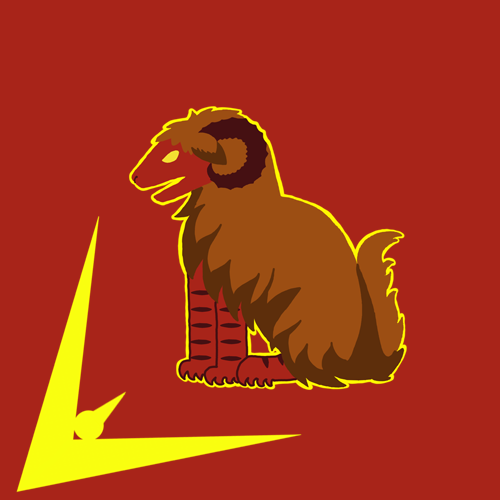
I'm enjoying these, they were needed. I like when the designer inside you shows up in your articles XD
The designer inside me is mostly dead but sometimes he lets out a loud death thore.
XD